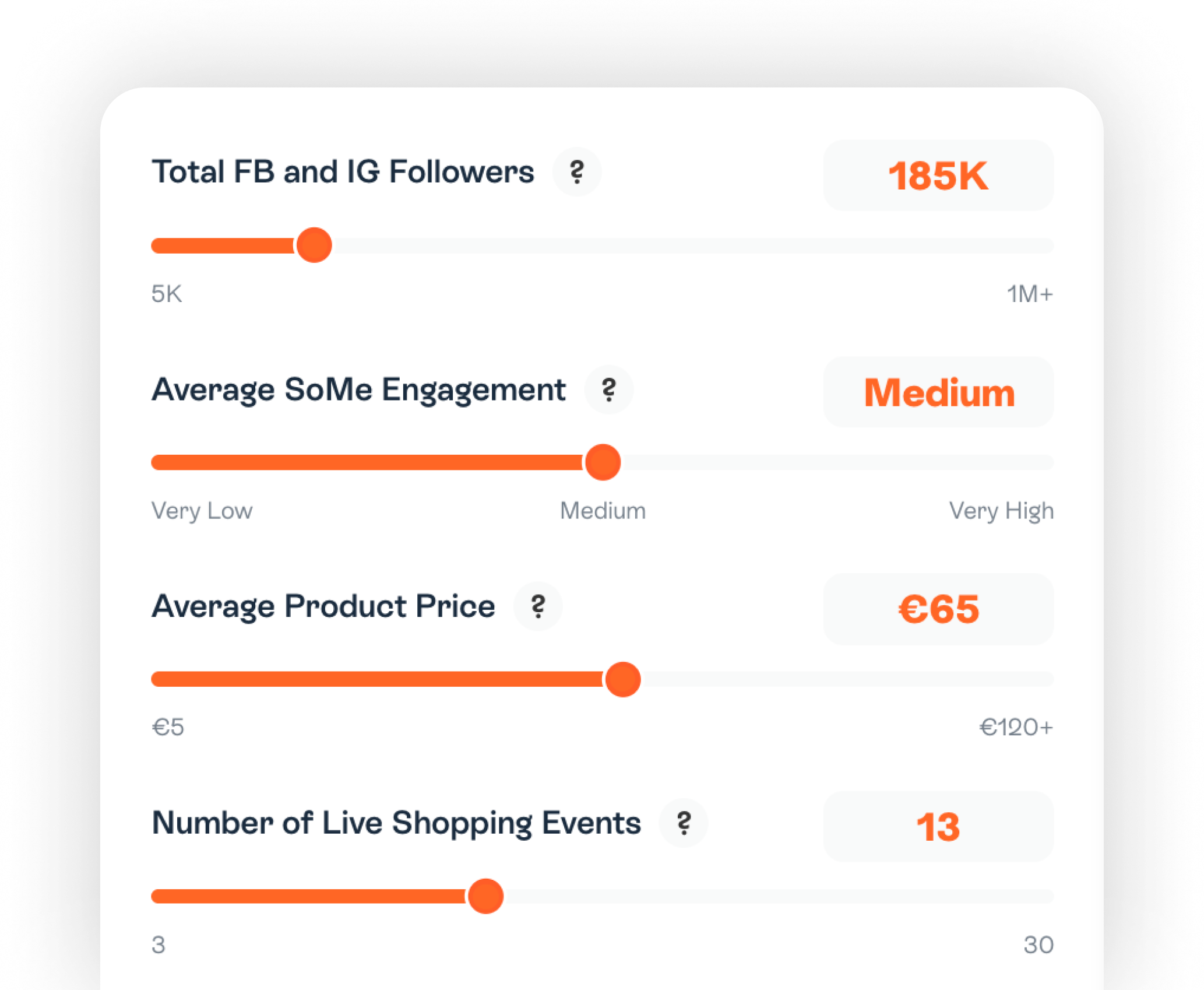Let’s be clear though - none of the CEOs or retail leaders I’ve spoken with see Live Shopping as replacing physical stores. Rather, it’s an economical way for brands to entice viewers to visit locations and experience more products in person after discovering them virtually. It works the other way too - every retailer can have a “Red Button” moment by utilizing digital channels for shared benefit across online and offline retail.
Reinventing the Bedrock of Commerce
I expect long established retailers like Marks & Spencer will adopt Live Shopping shows on social media into their digital ecosystem and marketing mix. They recognize that ‘times they are a changing’, to borrow Bob Dylan’s words. In 2001, online shopping barely existed, but now claims £1 in every £5 spent in the UK. Live Shopping enables personal connections impossible through even high-resolution product images.
And it delivers results. At Sprii, we regularly see 60% sales conversion from Live Shopping versus 2-3% industry averages. This is the future - an evolution super charging retention, so brands depend less on replacing lost web traffic.
{{20x-banner}}
Rather than conflicting, social commerce’s symbiotic relationship with conventional retail will only grow, each channel supporting the other. Online shopping grabbed eyeballs over the past 20 years. Now, Live Shopping woos them back to physical shops, much as pop-ups complemented E-commerce in the 2000s.
Omnichannel is multi-channel. As consumer demographics like Generation Z integrate smartphones into their shopping experience, retailers must meet them where they are. Even more, live shows give retailers more control - rather than forking over commissions, merchants retain data, own the journey, and drive incremental revenue.
A Future in Harmony
I urge retailers not to delay embracing Live Shopping, as they risk falling behind consumer expectations. Yes, it marks a strategy and priority pivot for legacy players regarding talent, marketing, and tech.
But the rewards make it vital – not just increased sales but brand differentiation and loyalty too. Even the most ‘traditional’ brands will see the value of a hybrid, multi-omnichannel approach.
As we have seen, Live Shopping will ‘awaken’ brands. The intimacy of live shows conveys values, messaging, and storytelling impossible via static web pages. Real-time interaction more excitingly and accurately communicates offerings through personal connections.
Just as television did not replace cinemas, Live Shopping strengthens conventional retail instead of supplanting it. Consumers already demonstrate omnichannel behavior, surveying and buying across touchpoints.
Live content provides space where established brands shine while giving disruptive upstarts room.
Far from threatening, Live Shopping brings balance through fusion. In 2024 it will hit full momentum, letting retailers rebuild revenues without inefficient mass marketing or heavy discounts. As digital channels intertwine with physical outlets, it breaks zero-sum commerce assumptions.
There need not be channel supremacy winners and losers; all commerce and retail can thrive when creatively blended from old and new.
{{calculator-banner}}
Discover how Live Shopping
can 20X your conversions
Experience Live Shopping with Sprii
.png)



.webp)













.png)